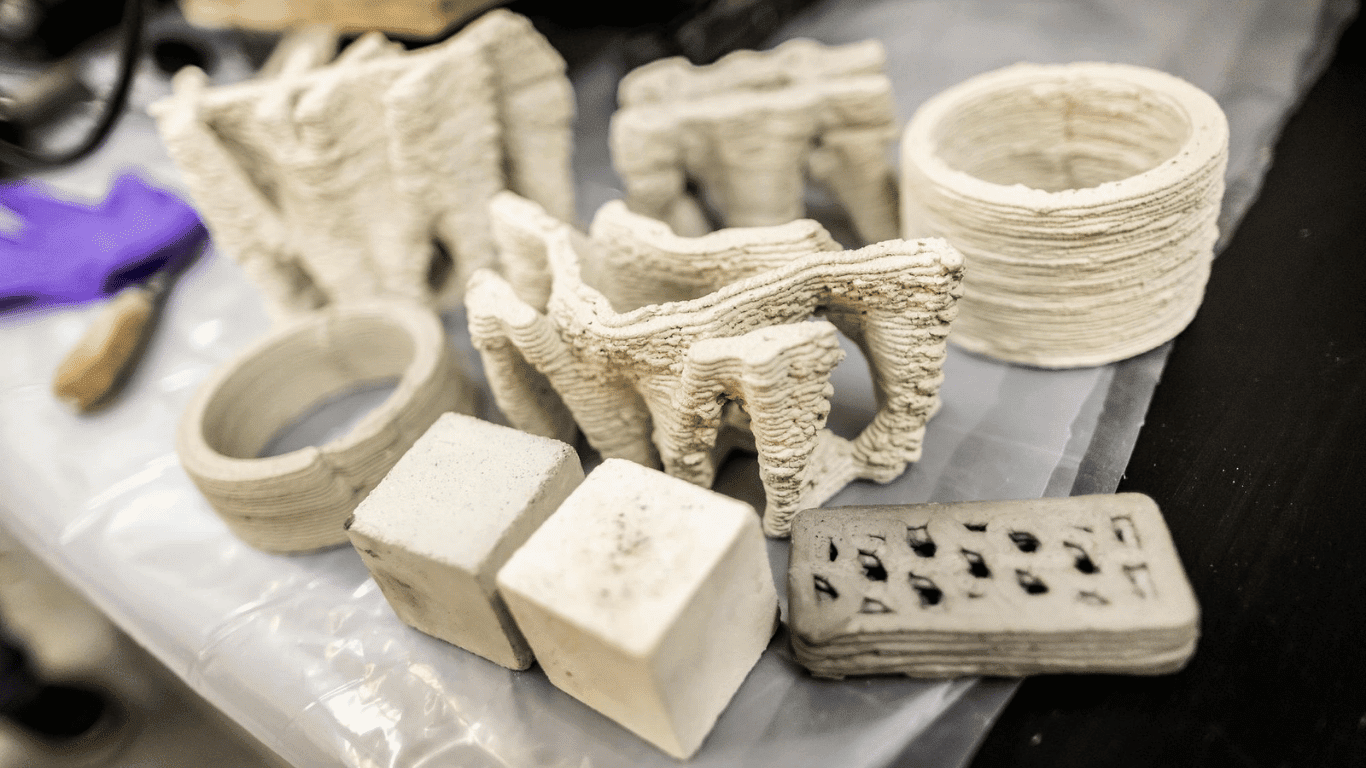Gargoyle – it’s rare that the phonemes that make up a word so completely capture the object they describe. These fearsome beasts have been both terrifying and fascinating onlookers for centuries, but where did they come from? Well, even though the actual name “gargoyle” is a bit more recent, these stone creatures date back all the way to ancient Egypt. During this time, however, they were used practically as spouts in order to drain rain water from certain areas. This practice was also adopted by the ancient Greeks and Romans, who were both fans of the stone lion in particular.

The name, ‘Gargoyle’ derives from the French gargouille, meaning “throat”. It comes from a French Legend called, “La Gargouille,” in which a dragon terrorizes the inhabitants of the town Rouen. Ultimately, the folk tale ends when a priest agrees to vanquish the dragon in exchange for the townspeople’s conversion to Christianity. According to legend, when the beast was vanquished the townspeople cut off its head and affixed it to the church to ward against evil.

Gargoyles gained major popularity in the 13th century when they were fashioned to Churches and Medieval Castles alike. Their function was partly to ward off evil–similarly to the myth–but they were also fashioned into terrifying shapes to frighten parishioners. They were meant to visually depict the horrors of hell in order to drive people to the sanctuary of the church. The gargoyles were often modeled after creatures worshiped by Pagan tribes in order to draw them into the church. This caused a shift where a lot of the pagan belief system and its images were absorbed into Christianity.
Interestingly enough though, the world’s most famous Gargoyles at the Notre Dame Cathedral weren’t actually constructed until the mid 1800s. As modern drainpipes were developed, gargoyles became less common building features. Today, they usually serve more as decorative than functional.
Follow our World of Creation on Instagram, where “what if” becomes “what is.”







